Italy’s culinary landscape varies dramatically from region to region, with each area fiercely proud of its distinct flavors, ingredients, and traditions. While tourists often flock to the same famous cities, true food enthusiasts understand that the most authentic and extraordinary Italian cuisine is often found in lesser-known destinations. These culinary strongholds preserve cooking methods passed down through generations, maintain close relationships with local producers, and resist the homogenization that can happen in more tourist areas.
Here is a list of 20 Italian destinations that deserve special attention from travelers whose primary motivation is exceptional food experiences.
Bologna, Emilia-Romagna
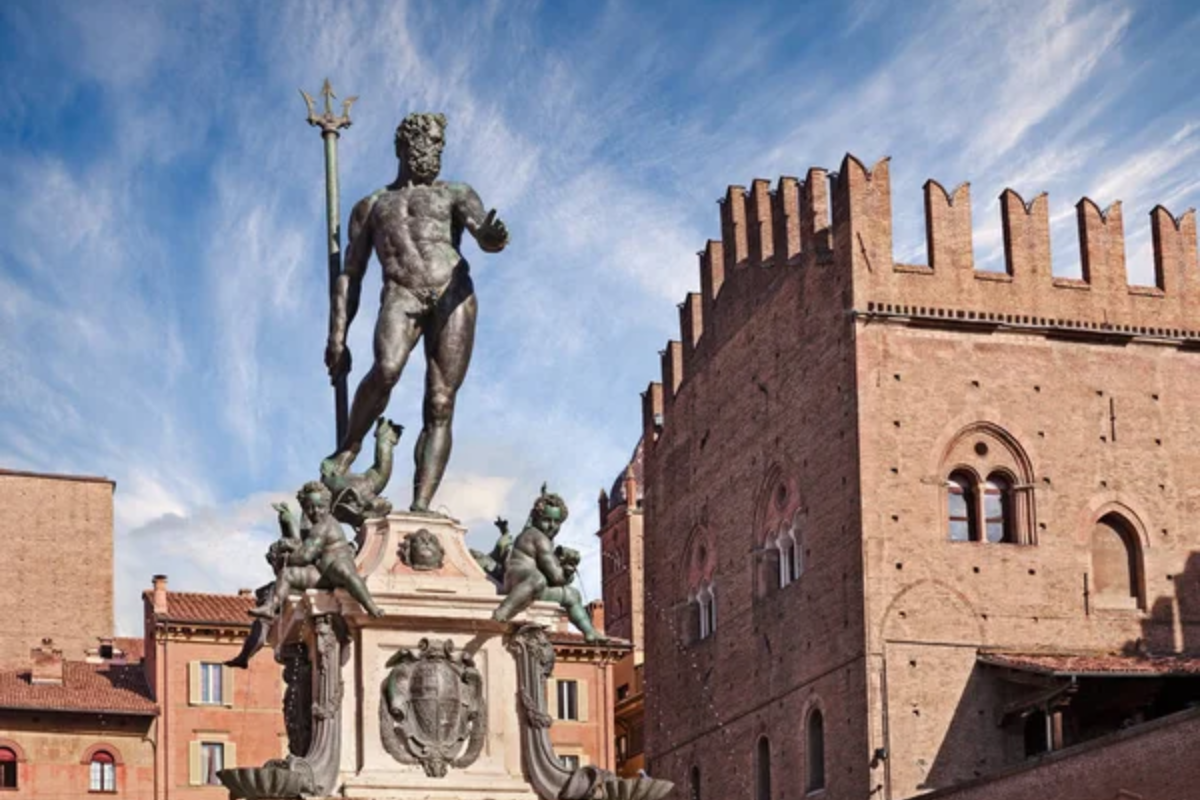
This medieval university town earns its nickname ‘La Grassa’ (The Fat) through its rich culinary traditions centered around fresh pasta, cured meats, and aged cheeses. The ancient market district of Quadrilatero provides a concentrated food shopping experience where specialists focus on single products like hand-rolled tortellini or mortadella.
Cooking schools offer hands-on lessons in pasta making where visitors learn the precise techniques for rolling paper-thin sfoglia dough and shaping regional pasta varieties.
Alba, Piedmont
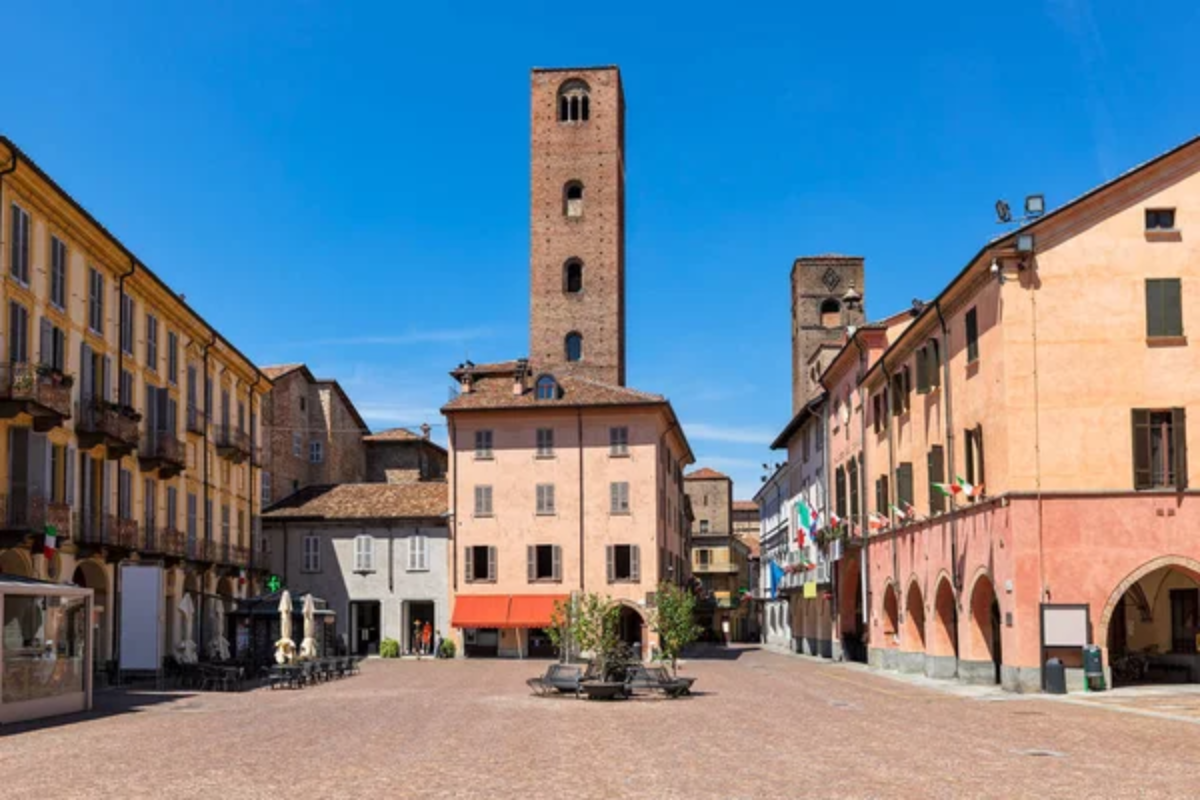
This small town transforms each autumn into the world capital of white truffles, attracting chefs and food enthusiasts from across the globe. The surrounding Langhe region produces Barolo and Barbaresco wines from Nebbiolo grapes grown on hillsides dotted with hazelnut groves and family farms.
Local restaurants serve simple yet perfect dishes like tajarin pasta with butter and shaved truffles, which showcase extraordinary ingredients rather than complex techniques.
Like Travel Pug’s content? Follow us on MSN.
Modica, Sicily
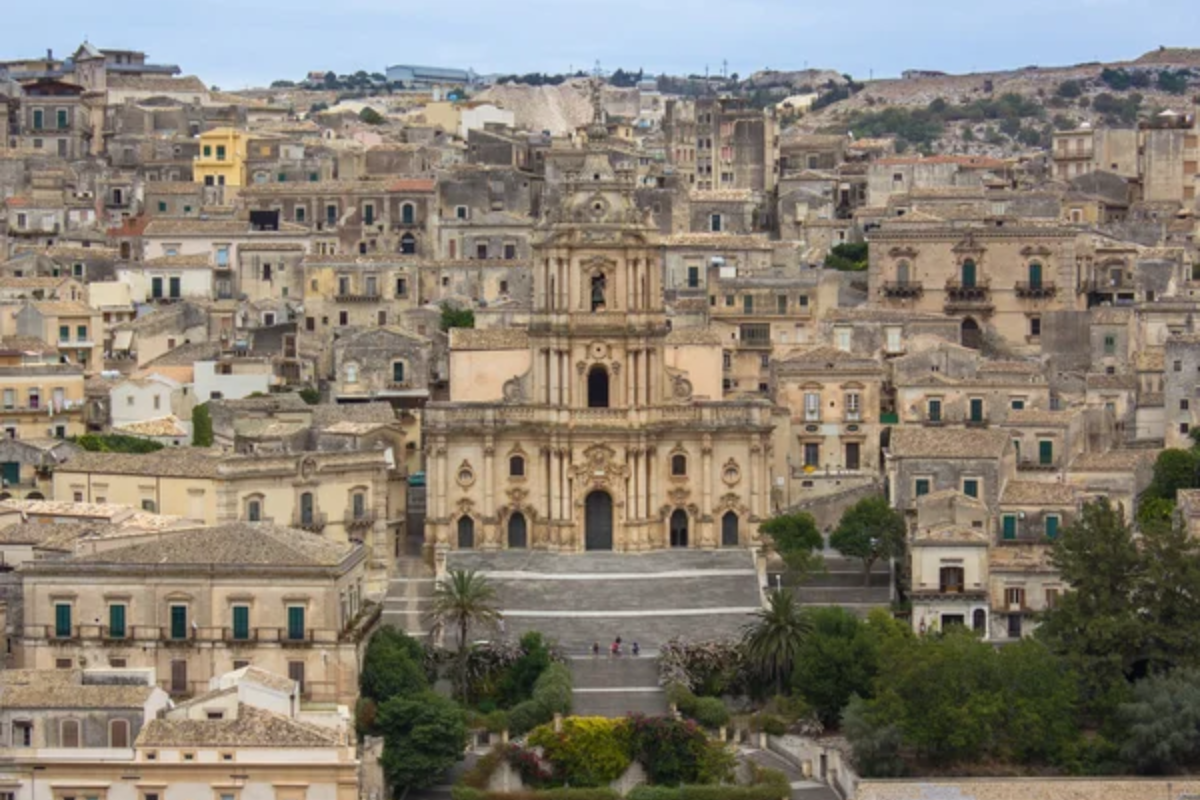
This baroque hill town produces distinctive chocolate made using ancient Aztec methods brought to Sicily by Spanish rulers centuries ago. The signature chocolate contains only cocoa and sugar processed at low temperatures to create a granular texture, unlike any other European chocolate.
Local bakeries craft traditional sweets using almonds, pistachios, and ricotta that reflect the island’s complex cultural influences from Arab to Norman occupation.
Parma, Emilia-Romagna
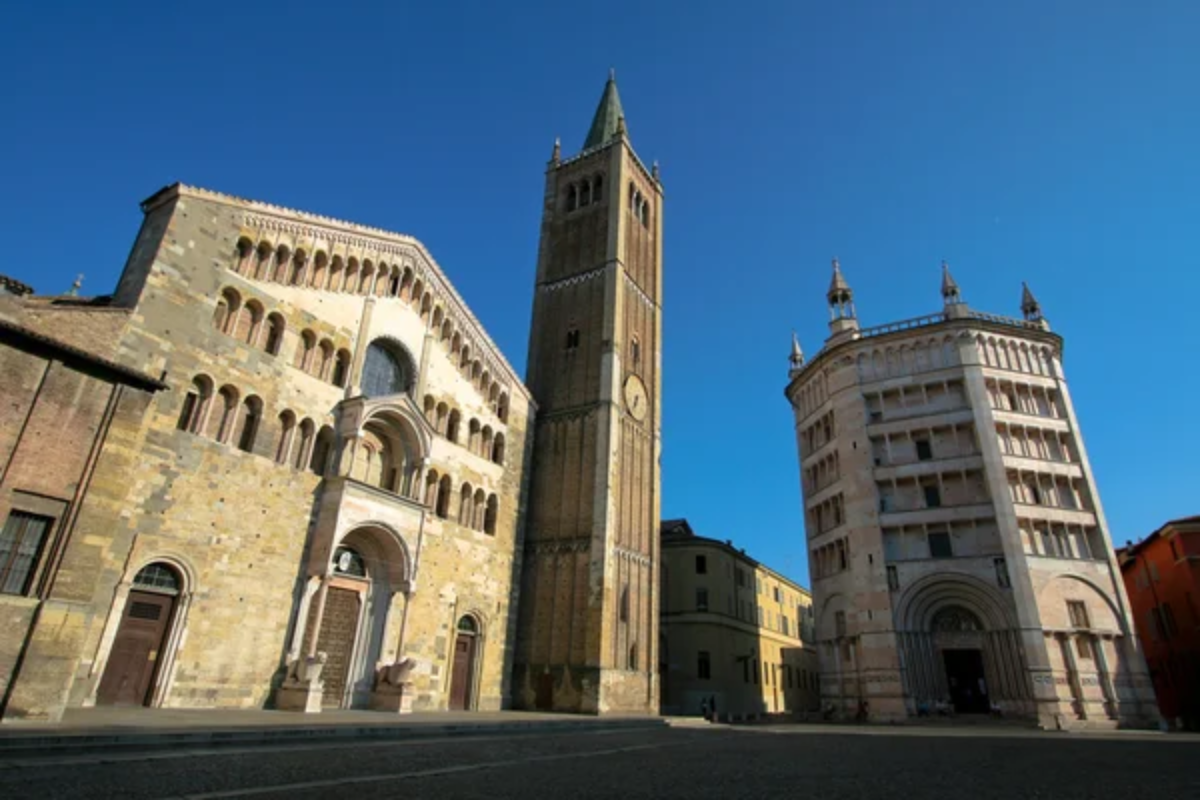
This elegant city gives its name to two of Italy’s most famous products: Parmigiano-Reggiano cheese and Prosciutto di Parma. Family-run factories welcome visitors to witness the labor-intensive production processes that have remained largely unchanged for centuries.
The surrounding countryside features agriturismi, where guests dine on fresh culatello (the king of cured meats) paired with sparkling Lambrusco produced from nearby vineyards.
Greve in Chianti, Tuscany
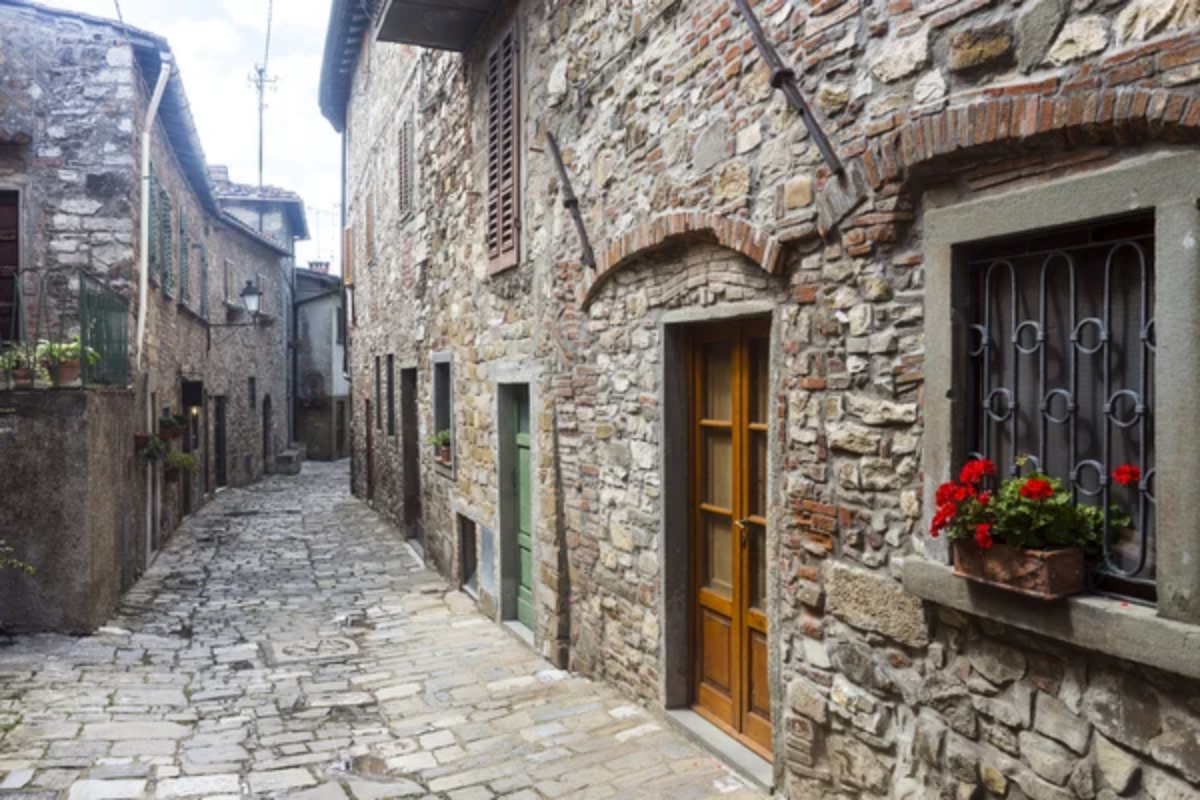
This market town serves as the gateway to Chianti Classico wine country, where ancient olive groves and vineyards carpet the hills surrounding medieval villages. Saturday markets bring together small producers selling everything from fresh pecorino cheese to wild boar salumi made from animals hunted in nearby forests.
Traditional butcher shops specialize in Bistecca alla Fiorentina, (lit. ‘beefsteak Florentine style’), the iconic T-bone steak cut thick and grilled rare over wood coals.
Like Travel Pug’s content? Follow us on MSN.
Tropea, Calabria
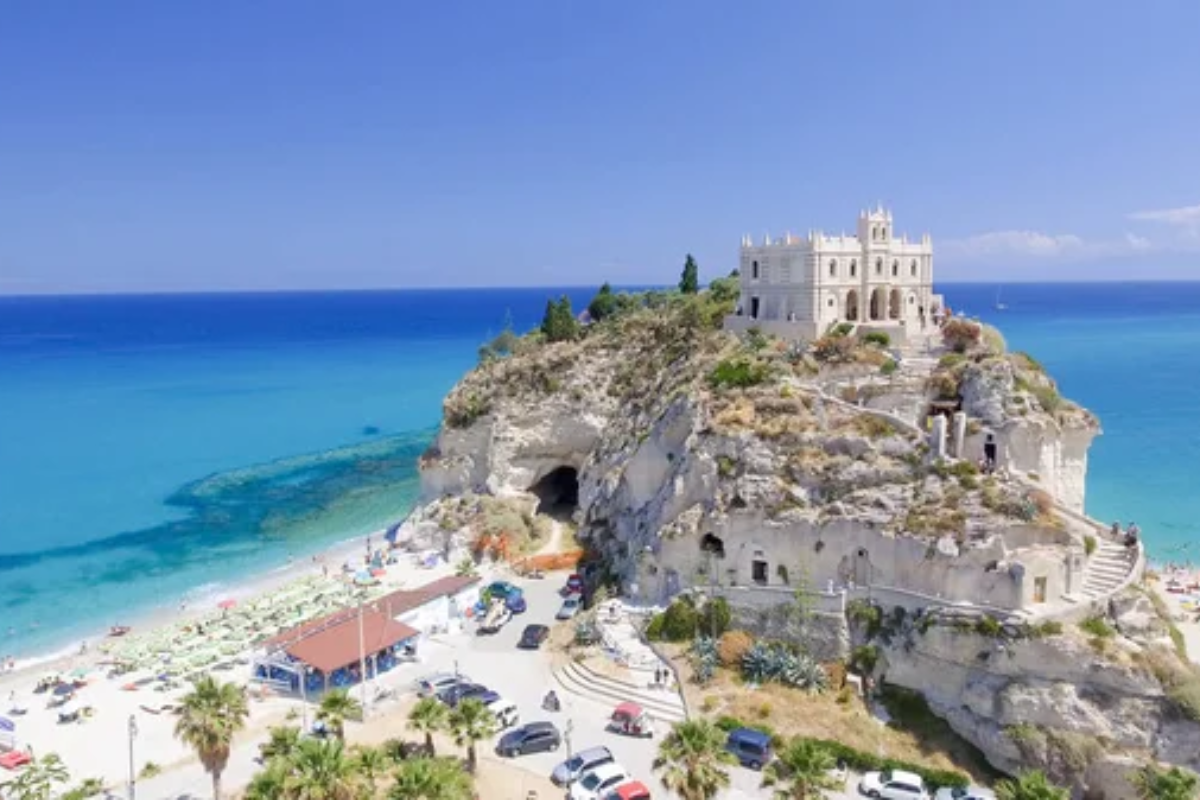
This coastal town produces extraordinarily sweet red onions with protected geographical status, which is celebrated in dishes throughout the region. The dramatic location perched above pristine beaches provides perfect conditions for growing nduja, the spreadable spicy sausage that has become Calabria’s most famous culinary export.
Restaurants serve fresh seafood pulled from the Tyrrhenian Sea that morning, often prepared simply with local olive oil and bergamot from nearby groves.
Bra, Piedmont
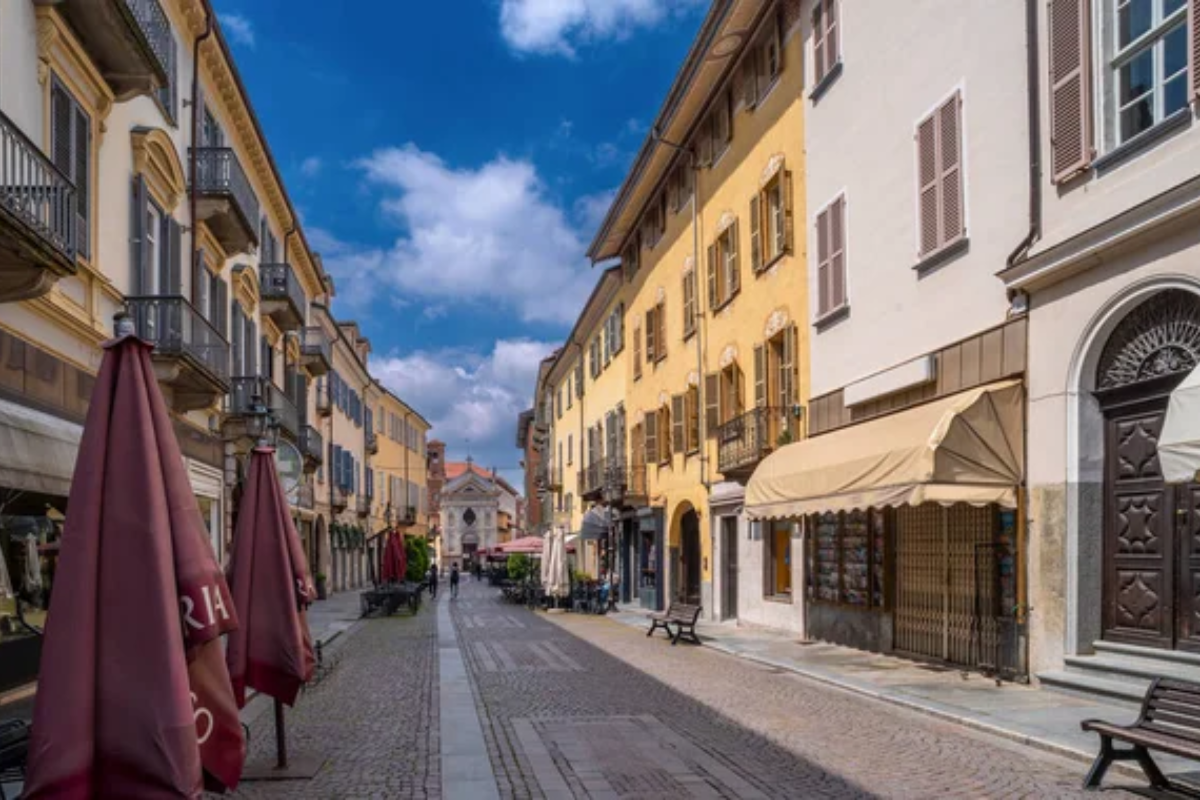
This small city is the birthplace of the Slow Food movement, hosting the biennial Cheese festival that attracts artisan producers from around the world. The surrounding farmland produces heirloom vegetables and heritage-breed meats served in traditional osterie, where menus change daily based on market availability.
The nearby University of Gastronomic Sciences trains future food leaders while supporting the preservation of traditional food knowledge and biodiversity.
Salina, Aeolian Islands
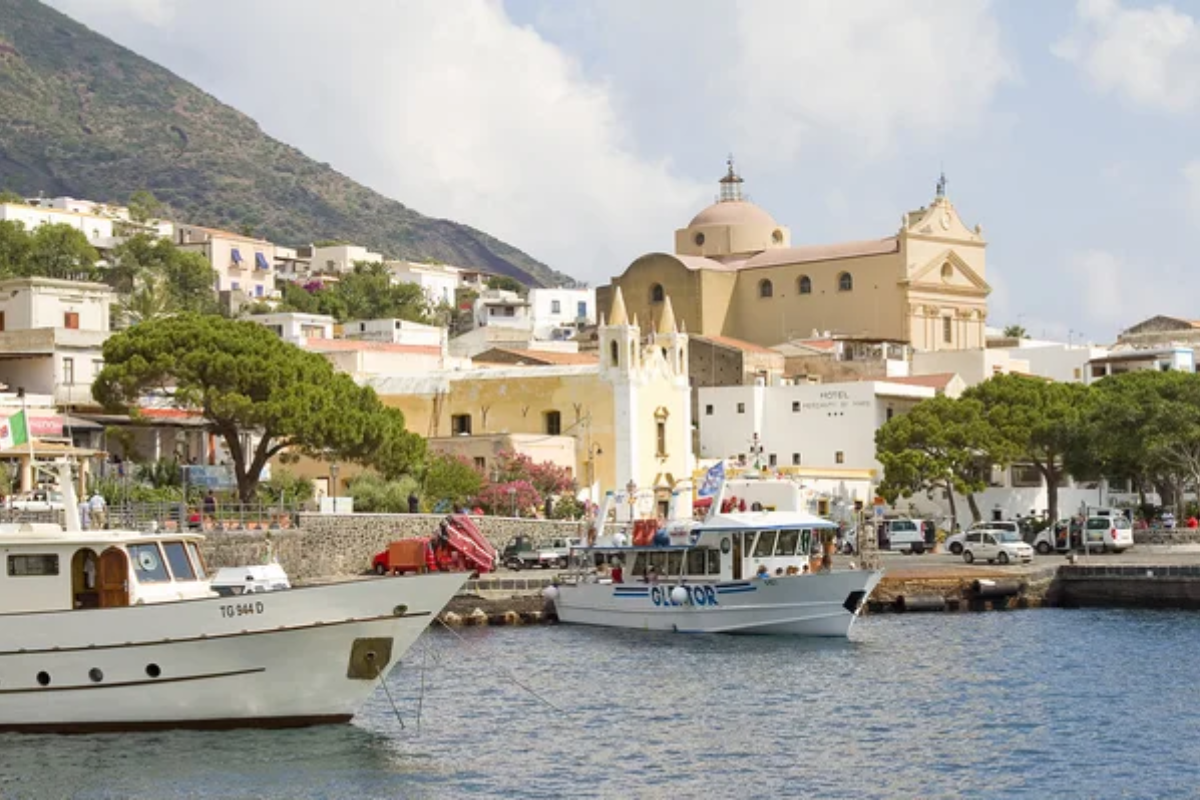
This volcanic island produces extraordinary capers fermented in sea salt and sweet Malvasia wine from grapes grown on windswept slopes. Wild fennel, pistachios, and fresh ricotta are featured in pasta con le sarde, while locally caught seafood appears in simple yet perfect preparations.
The annual Caper Festival celebrates the tiny flower bud that forms the backbone of the island’s agricultural economy and distinctive cuisine.
Like Travel Pug’s content? Follow us on MSN.
Orvieto, Umbria
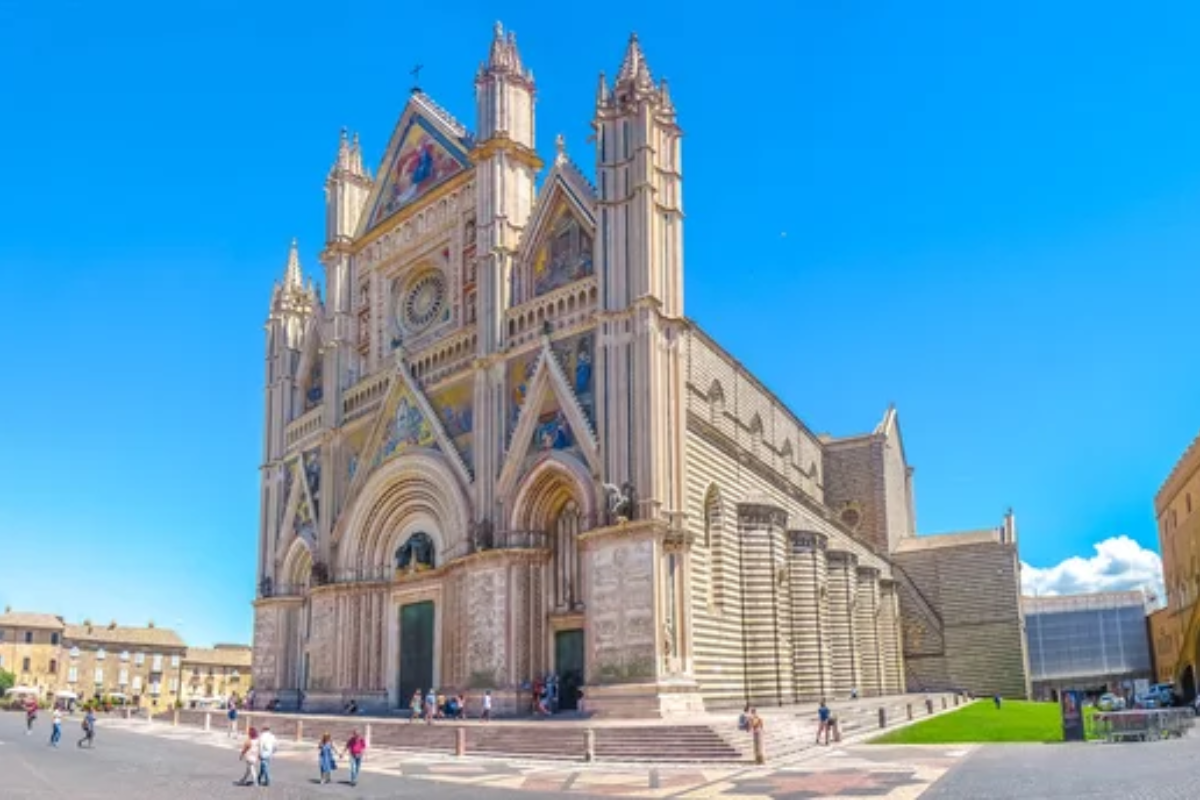
This dramatic hill town sits atop volcanic tufa rock riddled with ancient caves now used as wine cellars for aging the region’s crisp white wines. Traditional kitchens prepare dishes featuring wild boar, truffles, and lentils from the nearby plains of Castelluccio.
The surrounding countryside produces some of Italy’s finest olive oils, with many small producers offering tastings directly from their family estates.
Cividale del Friuli, Friuli-Venezia Giulia

This ancient town near the Slovenian border showcases the unique culinary fusion of Central European and Mediterranean influences that define Friulian cuisine. Distinctive dishes like cjalsons (pasta filled with herbs, dried fruit, and chocolate) and frico (cheese and potato pancake) reflect the region’s complex cultural heritage.
Local vineyards produce distinctive wines from indigenous grape varieties that pair perfectly with the hearty Alpine-influenced cuisine.
Cetara, Campania
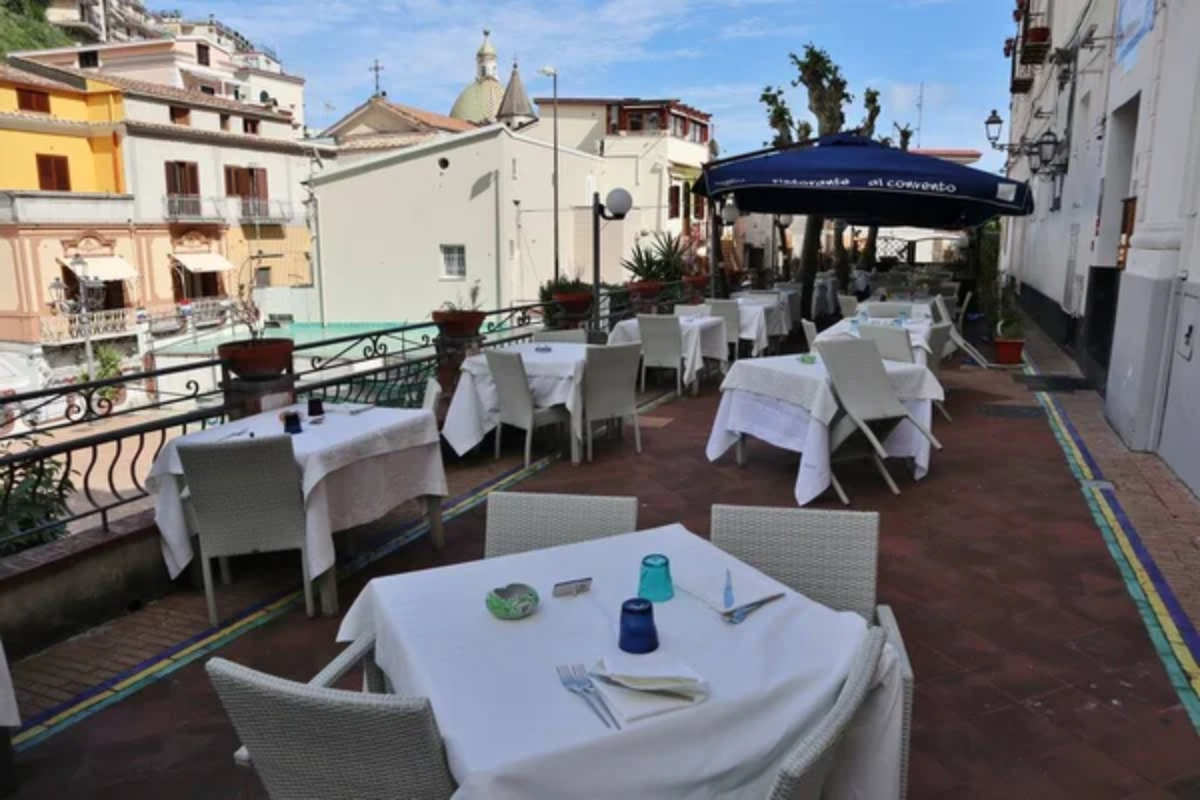
This tiny fishing village on the Amalfi Coast produces colatura di alici, a modern version of the ancient Roman fish sauce garum made by fermenting anchovies in wooden barrels. Fresh tuna and swordfish arrive directly on the beach where fishermen have pulled their boats ashore after morning catches.
Unpretentious family restaurants serve perfect spaghetti with colatura or acqua pazza (fish poached in seawater with tomatoes and herbs) made exactly as it has been for generations.
Like Travel Pug’s content? Follow us on MSN.
Mazara del Vallo, Sicily
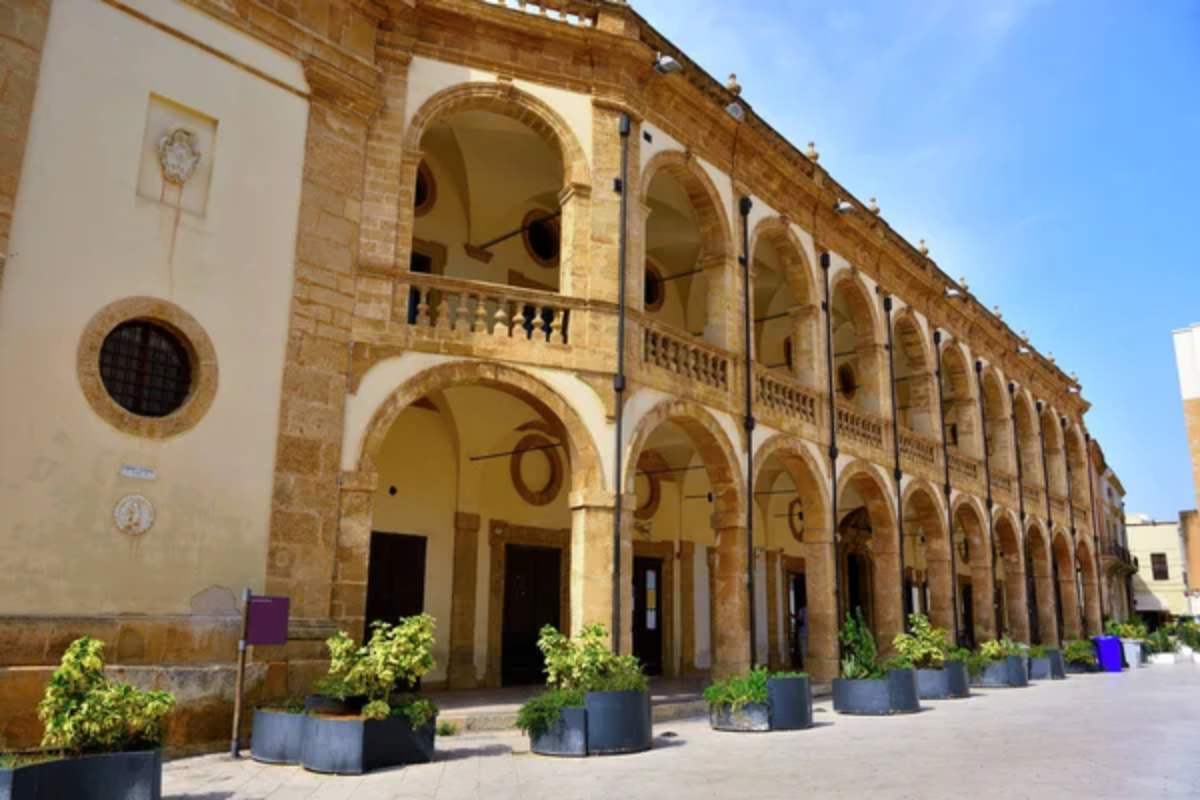
This multicultural port town with strong North African influences hosts one of Sicily’s most important fishing fleets, specializing in red prawns considered among the finest crustaceans in Europe. The historic kasbah quarter features restaurants where Sicilian and Tunisian flavors merge in dishes like couscous with seafood or pasta with sardines and wild fennel.
The fish market provides a daily spectacle where dozens of species arrive from the Mediterranean, many destined for the town’s restaurants that same day.
Norcia, Umbria
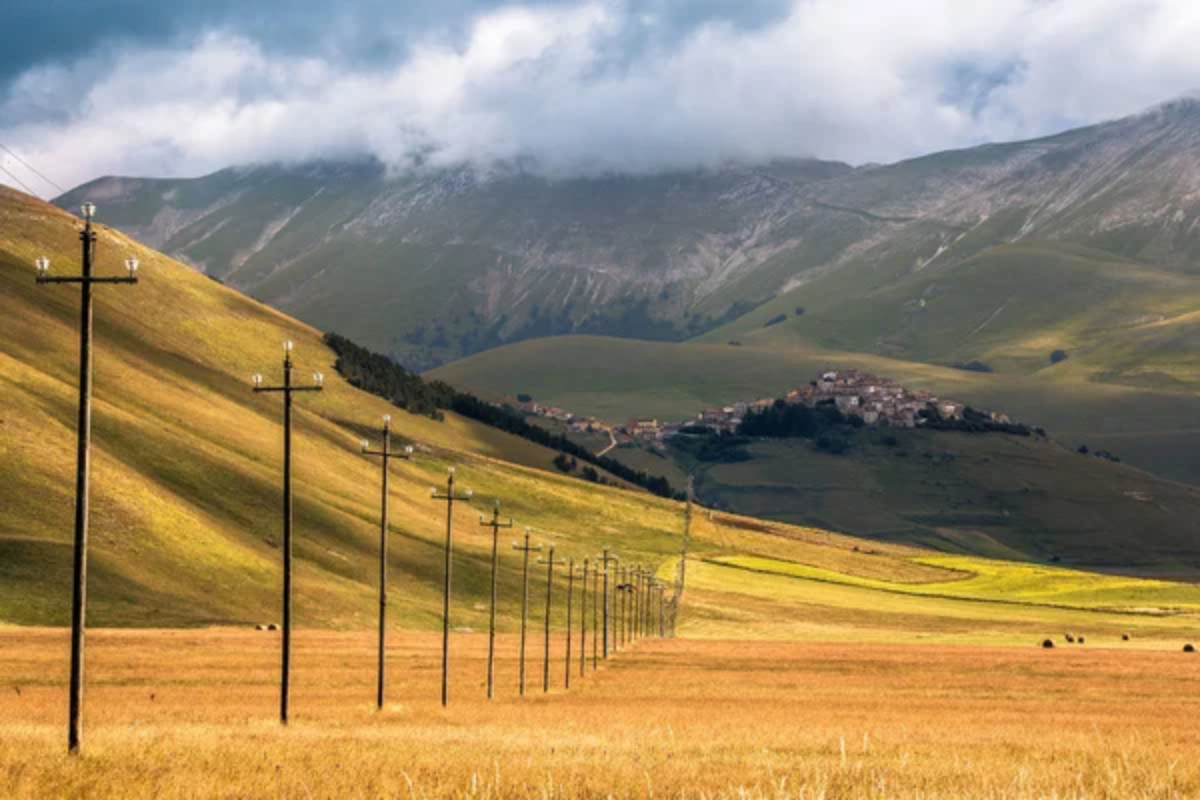
This mountain town, which is renowned for its pork butchery, has given its name to Norcino, the Italian term for a pork butcher skilled in traditional preservation techniques. Specialized shops display extraordinary salumi, including prosciutto, capocollo, and soppressata, made from heritage breed pigs raised in the surrounding mountains.
The surrounding forests yield black truffles and wild mushrooms that are featured in hearty mountain cooking and are suited to the high-elevation climate.
Ravello, Campania
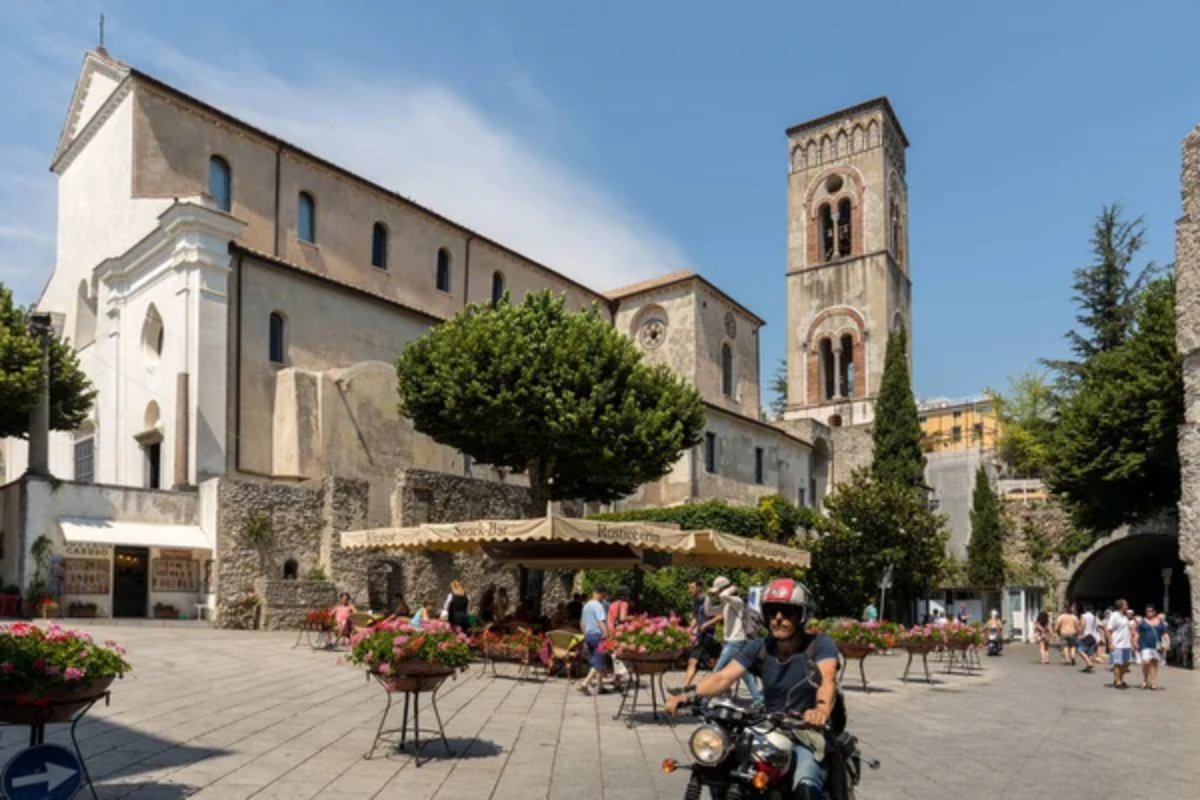
This elegant town perched above the Amalfi Coast produces intensely flavorful lemons grown on steep terraces facing the Mediterranean sun. Gardens dating from medieval times supply vegetables and herbs to restaurant kitchens, creating fresh seasonal cuisine.
Ancient recipes like delizia al limone (lemon cake) and scialatielli pasta with seafood showcase the extraordinary local ingredients harvested from both land and sea.
Like Travel Pug’s content? Follow us on MSN.
Montepulciano, Tuscany
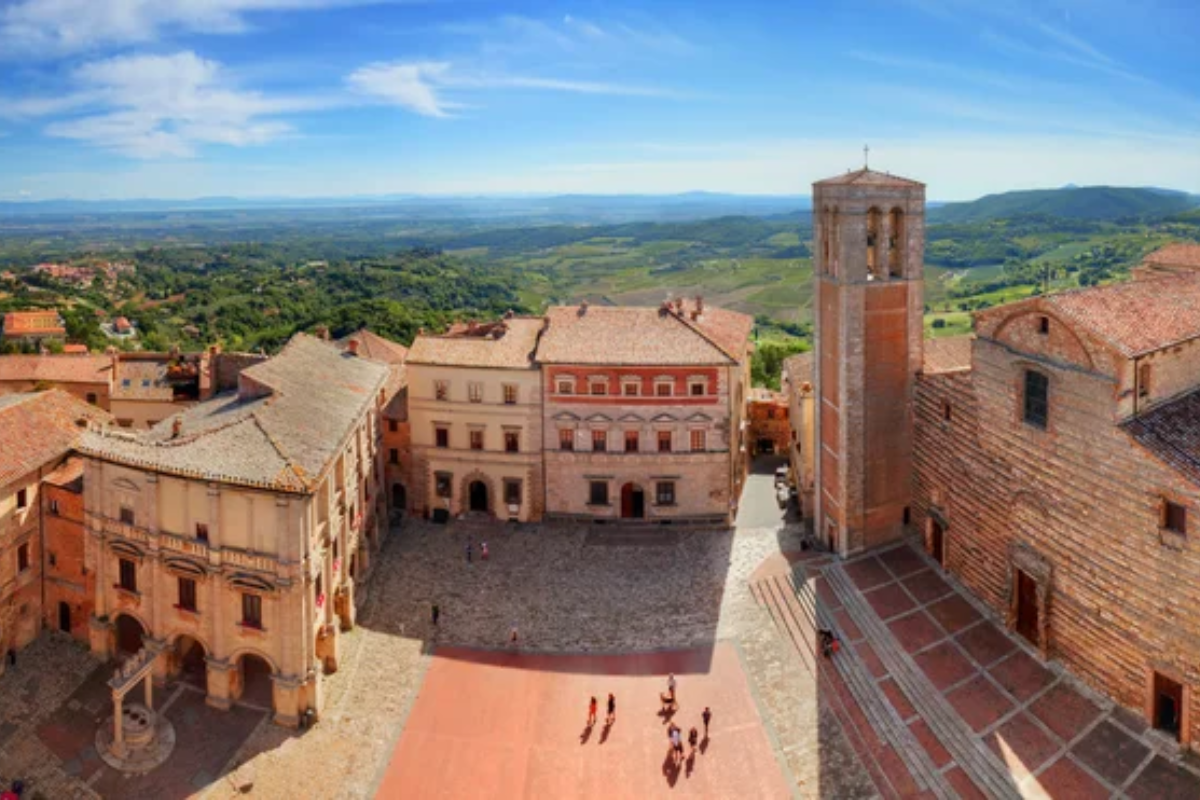
This Renaissance hill town surrounded by vineyards produces the noble Vino Nobile di Montepulciano, aged in cellars carved beneath historic palazzos. Traditional butchers prepare pici pasta with breadcrumb sauce and wild boar ragu featuring games from the surrounding countryside.
The nearby Val di Chiana raises the prized Chianina cattle used for the region’s most famous steak preparations.
Dozza, Emilia-Romagna
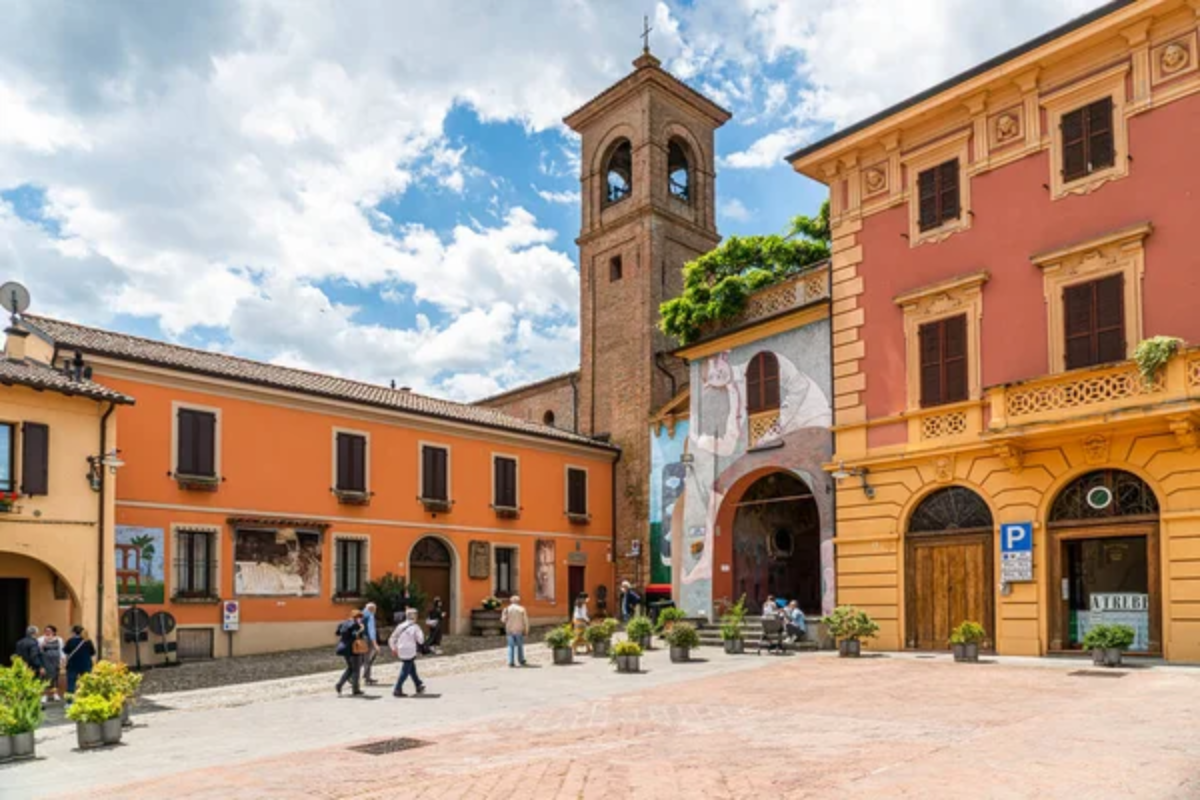
This medieval village functions as a living wine encyclopedia through its Enoteca Regionale, housing over 800 wines from throughout Emilia-Romagna in a 13th-century fortress. The surrounding countryside produces exceptional pears, cherries, and peaches that feature in the region’s distinctive fruit-forward cuisine.
The biennial Wine Festival transforms the entire village into an open-air tasting room celebrating regional wine traditions.
Bergamo, Lombardy
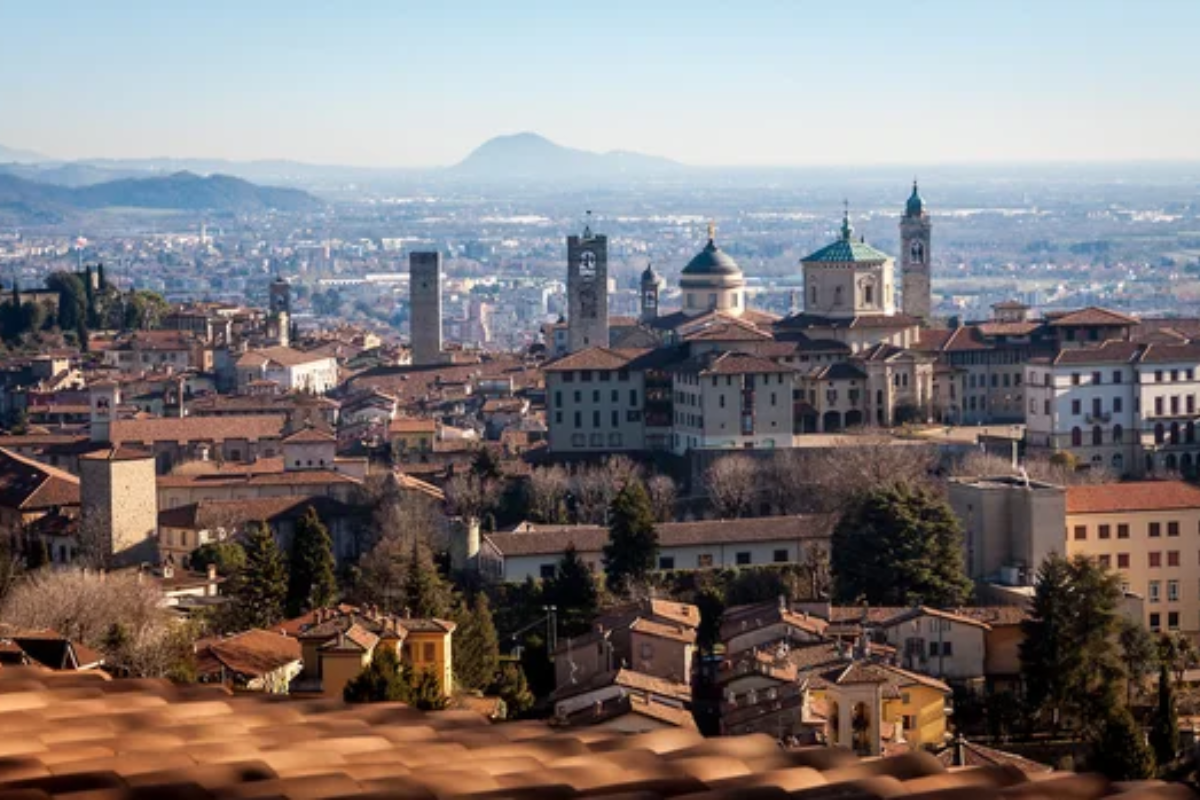
This dual-level city, with its distinctive Upper and Lower Towns, showcases northern Italian cuisine influenced by Alpine traditions. Specialty shops sell cancelli pasta filled with meat, amaretti cookies, and breadcrumbs, while polenta establishments serve the cornmeal staple topped with game and mountain cheeses.
The surrounding valleys produce distinctive cheeses, including taleggio and branzino, from cattle grazing on Alpine meadows.
Like Travel Pug’s content? Follow us on MSN.
Trapani, Sicily
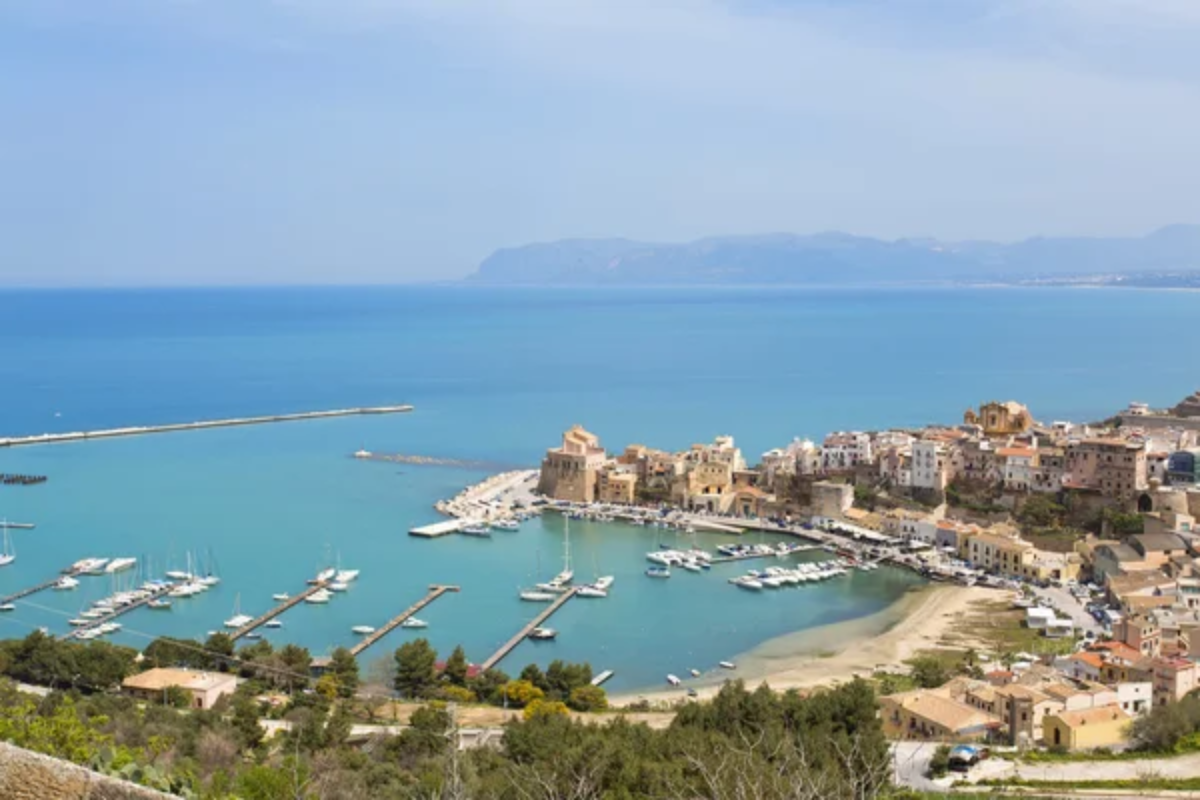
This western Sicilian port combines Spanish, Arab, and Italian influences in dishes like cuscusu trapanese (the Sicilian version of couscous) served with fish soup. The nearby salt pans produce flaky sea salt harvested using methods unchanged since Phoenician times.
The town serves as the center for Sicily’s tuna fishing traditions, with the annual mattanza (tuna harvest) inspiring dishes throughout the region.
Matera, Basilicata
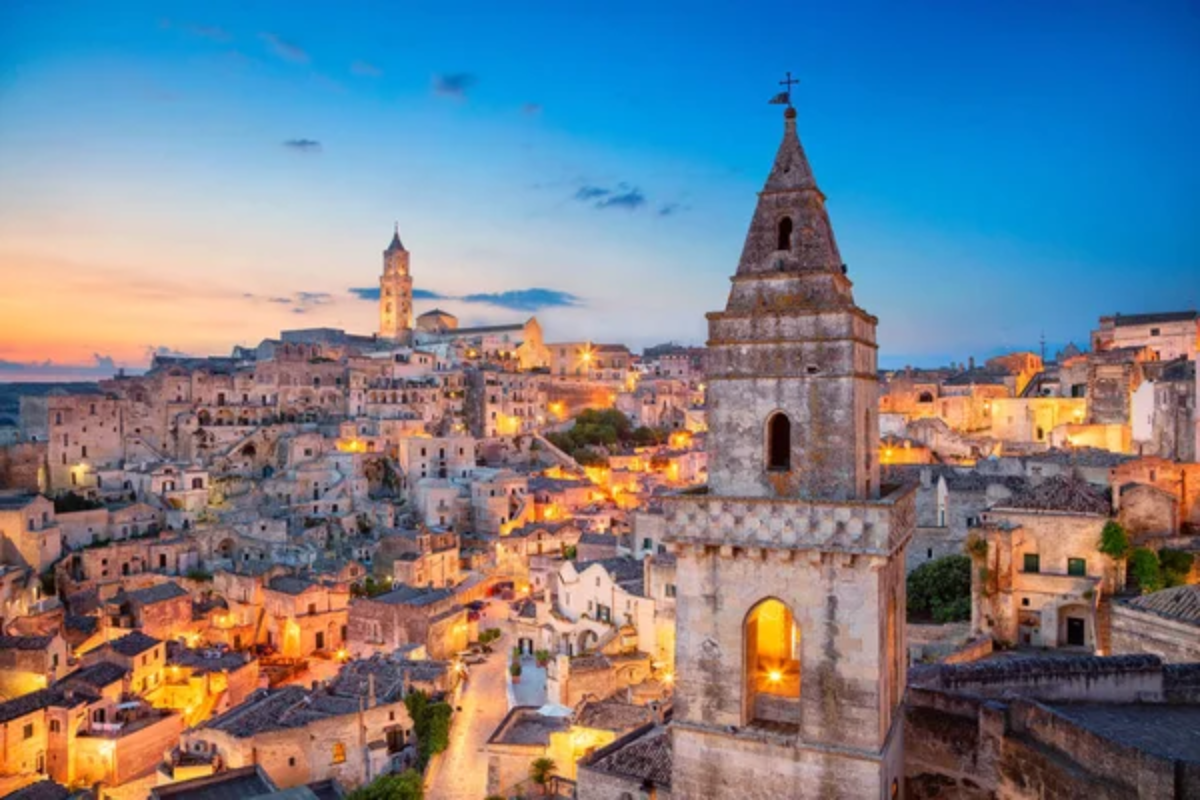
This ancient city of cave dwellings hosts family bakeries still using traditional wood-fired ovens built into the tufa rock. The distinctive local bread, with its dark crust and airy interior, accompanies simple peasant dishes like crapiata (mixed legume soup) and orecchiette with turnip greens.
Small producers make Padre Peppe liqueur from local walnuts and herb-infused amaro, following recipes preserved through generations.
Verona, Veneto
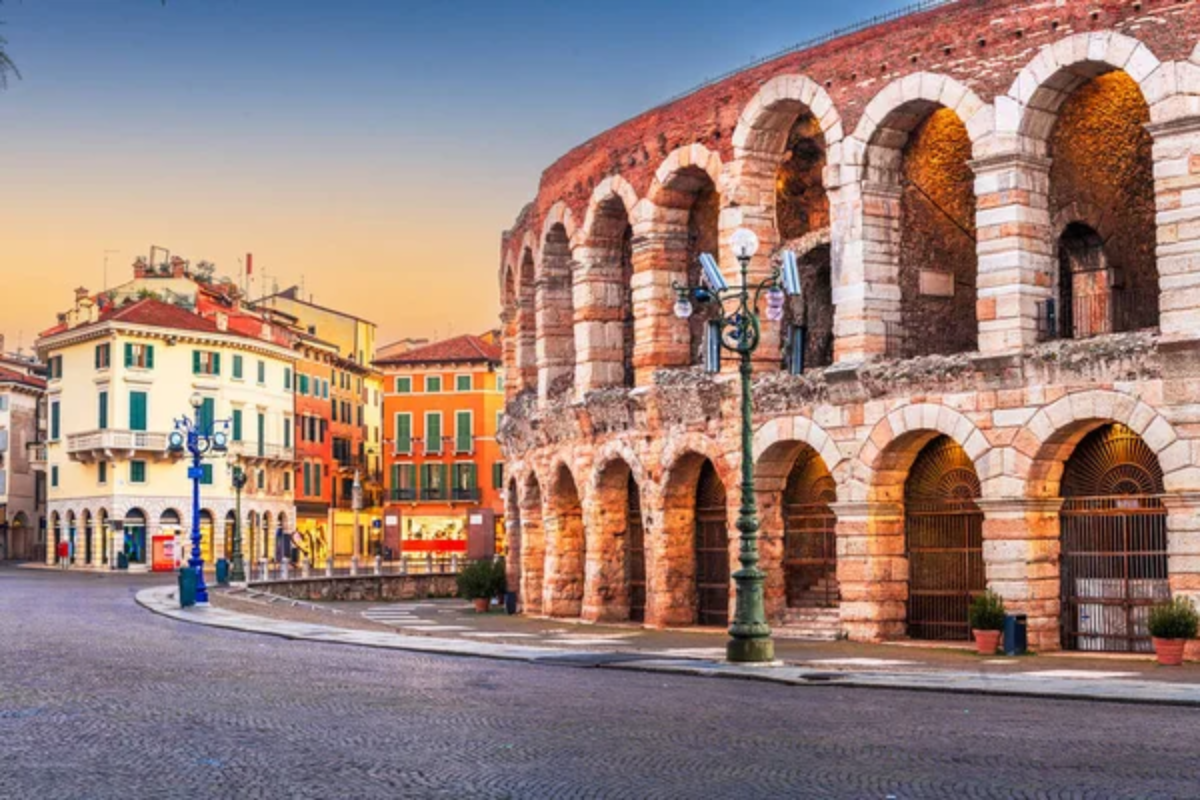
This romantic city offers far more than Shakespearean connections through its distinctive risotto all’Amarone cooked with the region’s powerful dried-grape wine. The surrounding countryside produces Monte Veronese cheese, Vialone Nano rice, and radicchio rosso, which are featured in seasonal dishes throughout the year.
Ancient vineyards on nearby Lake Garda contribute Bardolino and Lugana wines that complement the region’s freshwater fish preparations.
Like Travel Pug’s content? Follow us on MSN.
The True Essence of Italian Cuisine
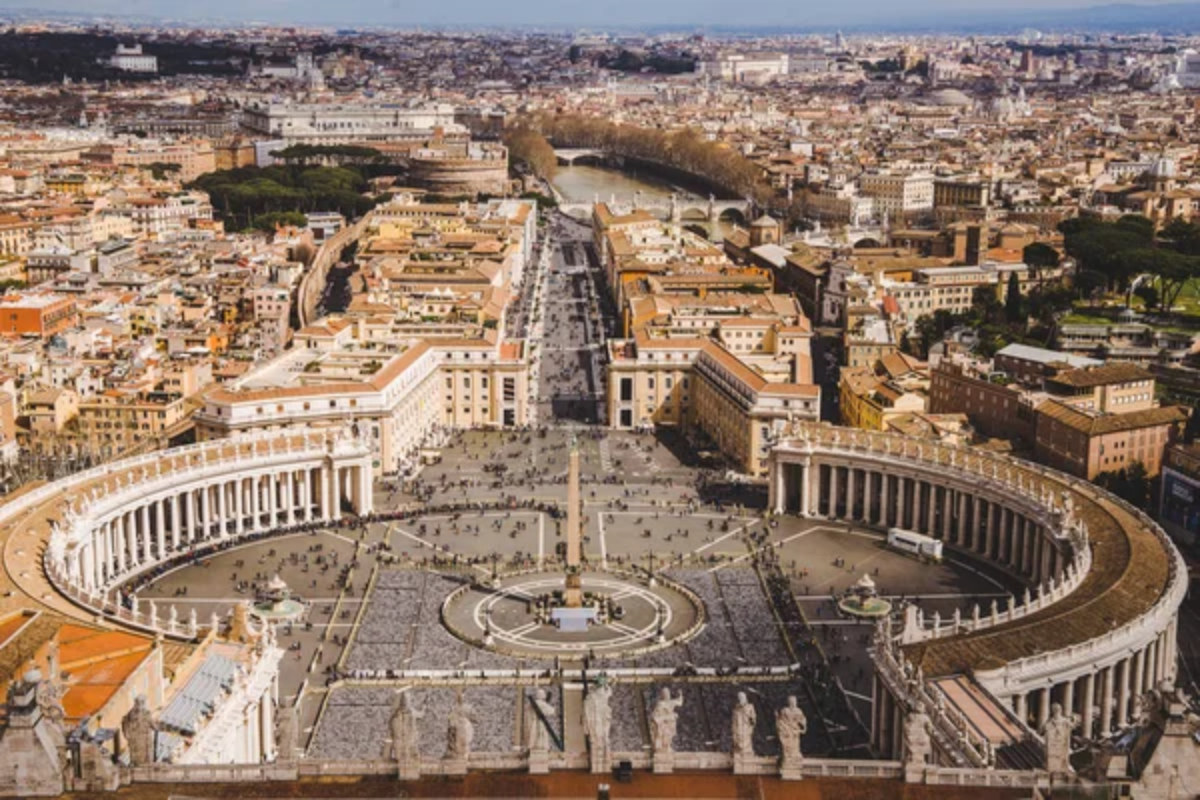
These destinations reveal the extraordinary regional diversity that forms the backbone of Italian food culture. Moving beyond pizza and pasta, these towns and cities preserve culinary traditions that remain deeply connected to specific landscapes, climates, and cultural influences. The joy of exploring Italy through its food lies in discovering these distinct regional identities expressed through ingredients, techniques, and flavors impossible to replicate elsewhere.
By seeking out these authentic food destinations, travelers experience memorable meals and gain a deeper understanding of the cultural heritage, agricultural traditions, and family connections that make Italian cuisine one of the world’s most beloved culinary traditions.
More from Travel Pug

- 20 Towns Built for One Purpose That Were Later Abandoned
- 15 Hidden Spots in Disney World’s Magic Kingdom Most Visitors Miss
- 20 Once-Popular Beach Towns That Are Now Ghostly Empty
- 15 Canyons in the U.S. That Are Just as Stunning as the Grand Canyon
- 10 Under-the-Radar Mountain Towns That Are Both Affordable and Beautiful
Like Travel Pug’s content? Follow us on MSN.
